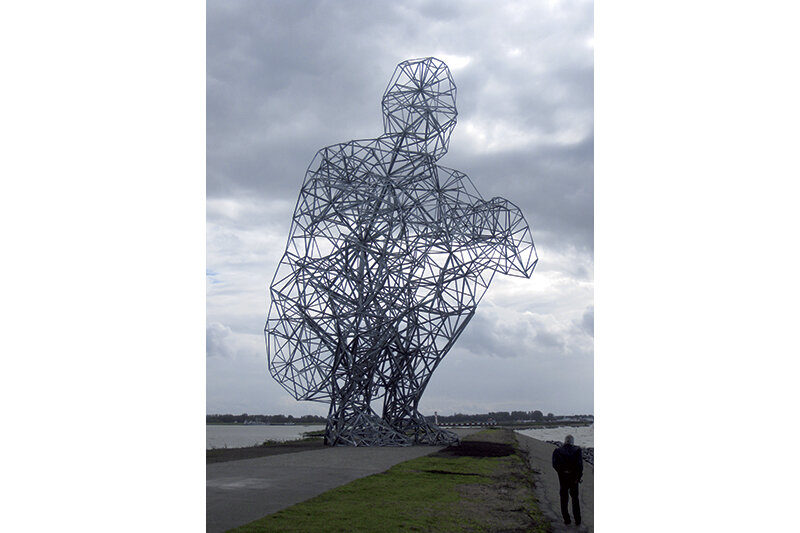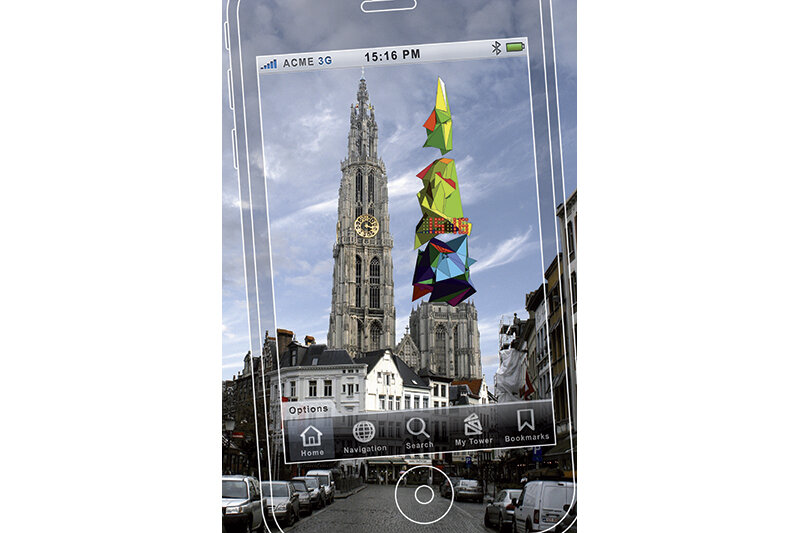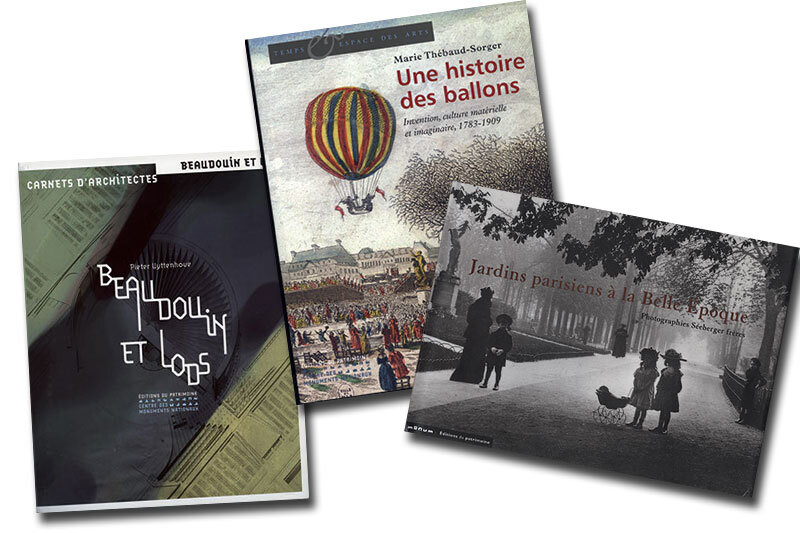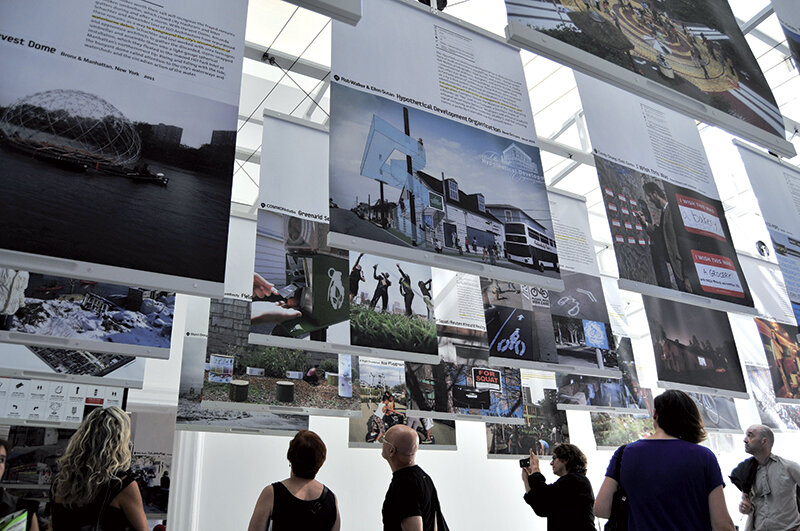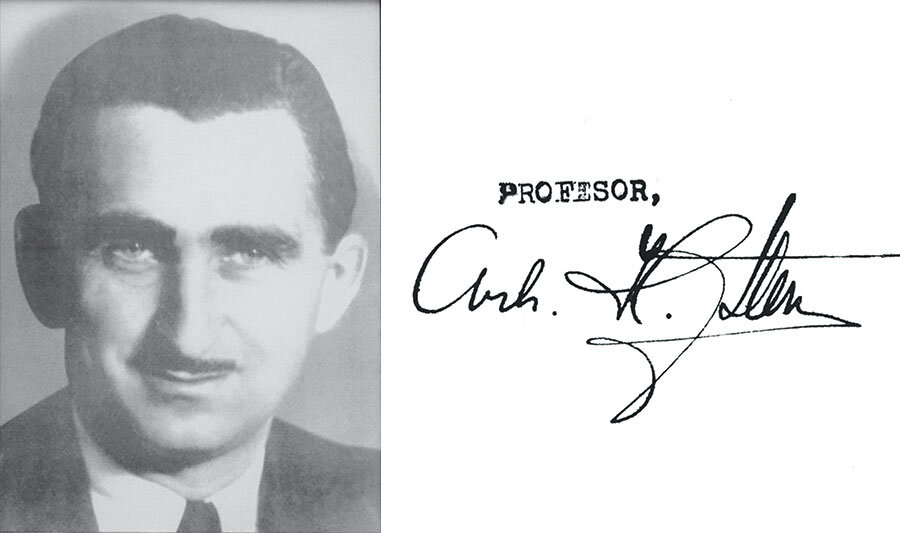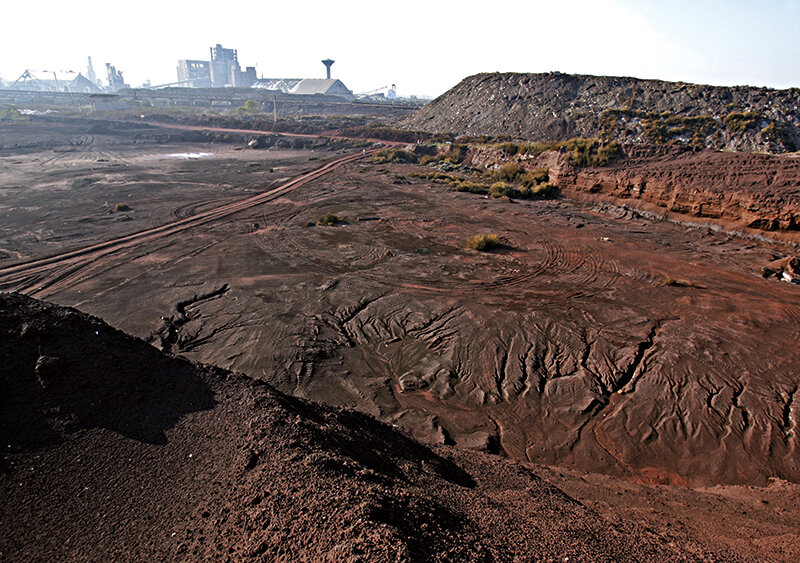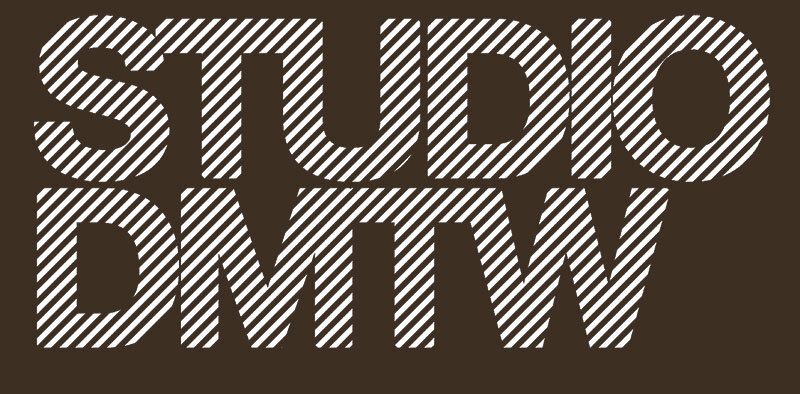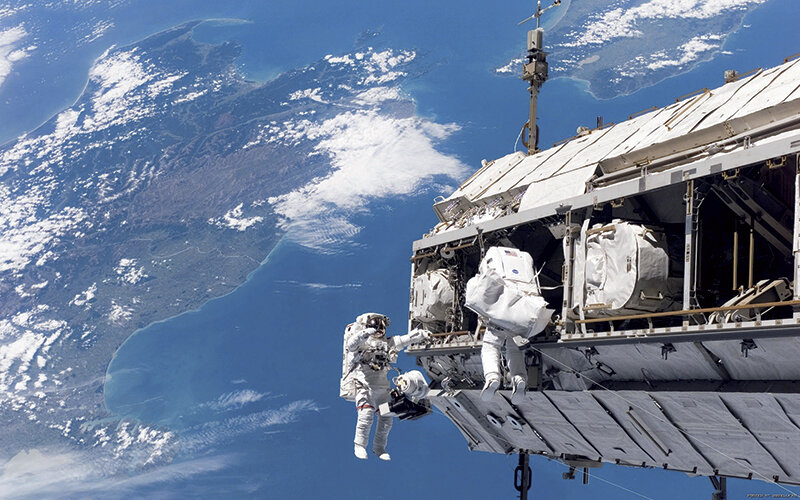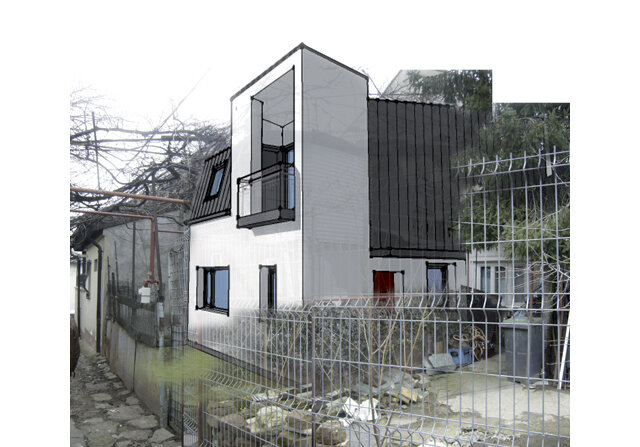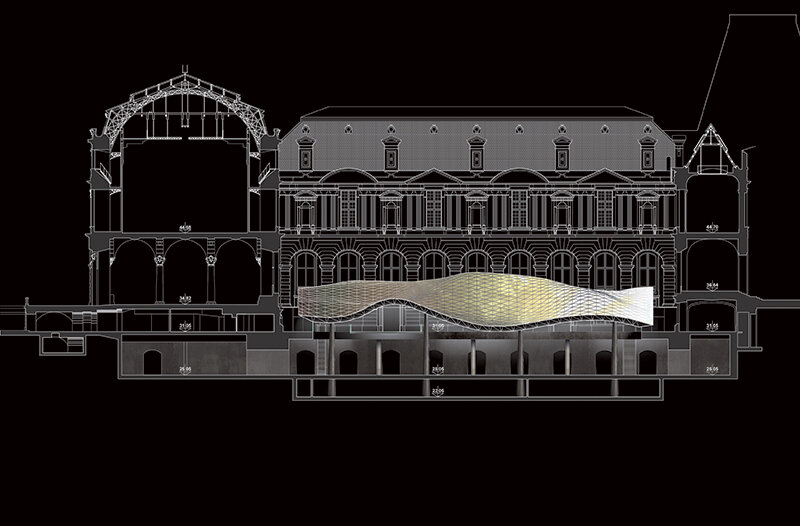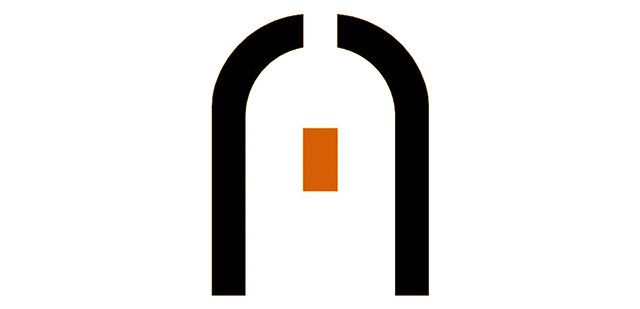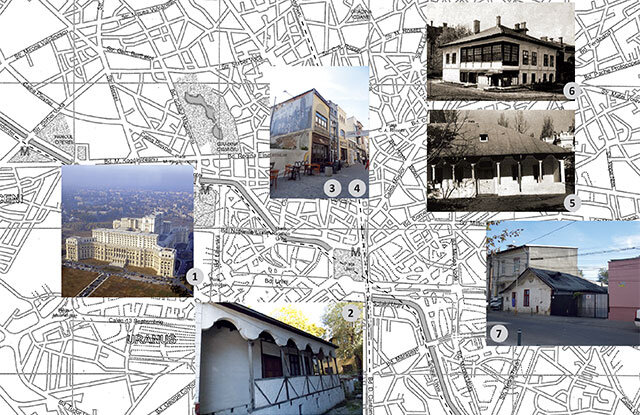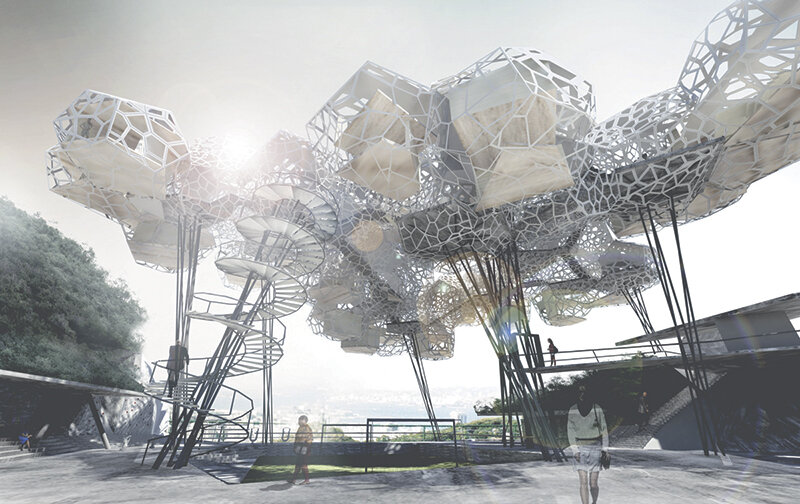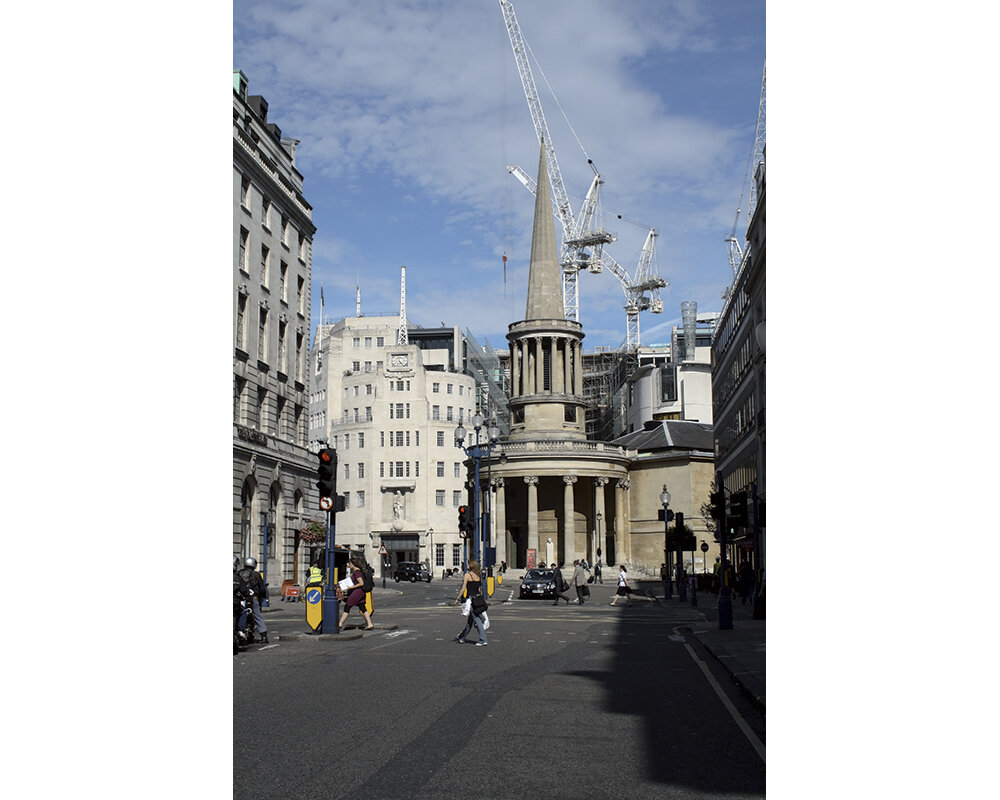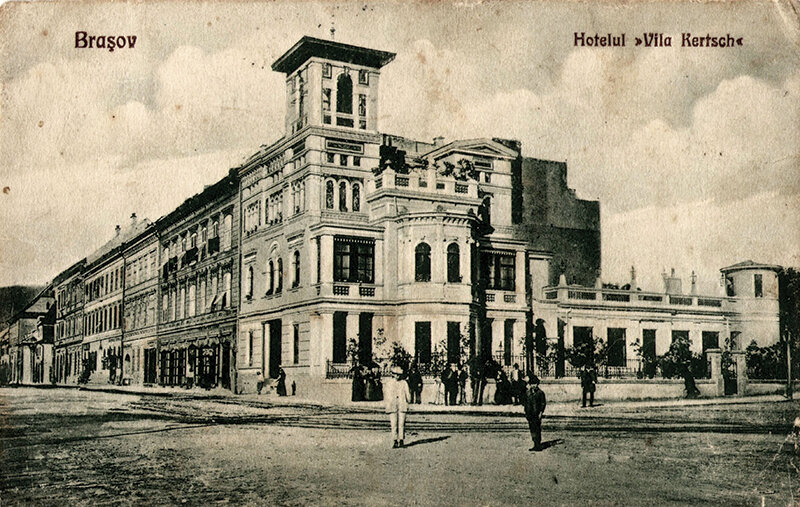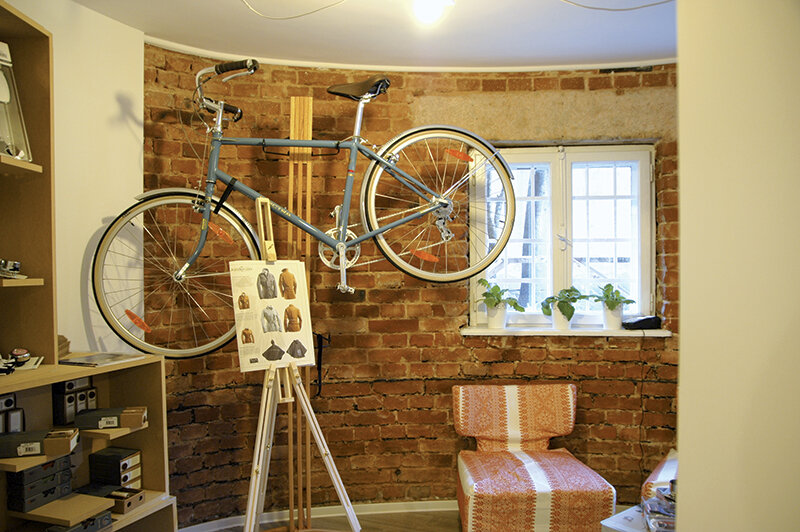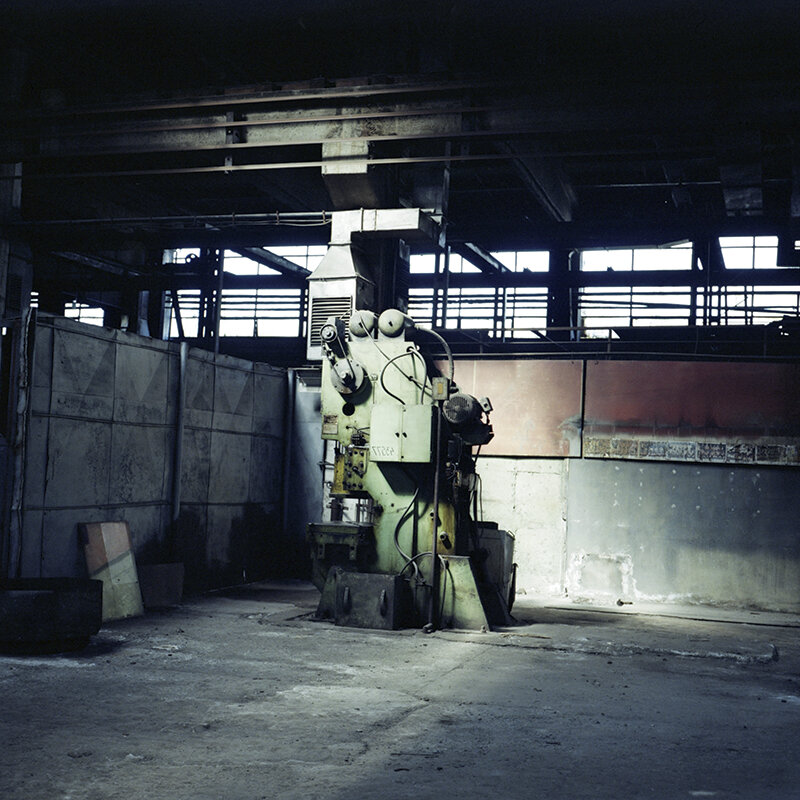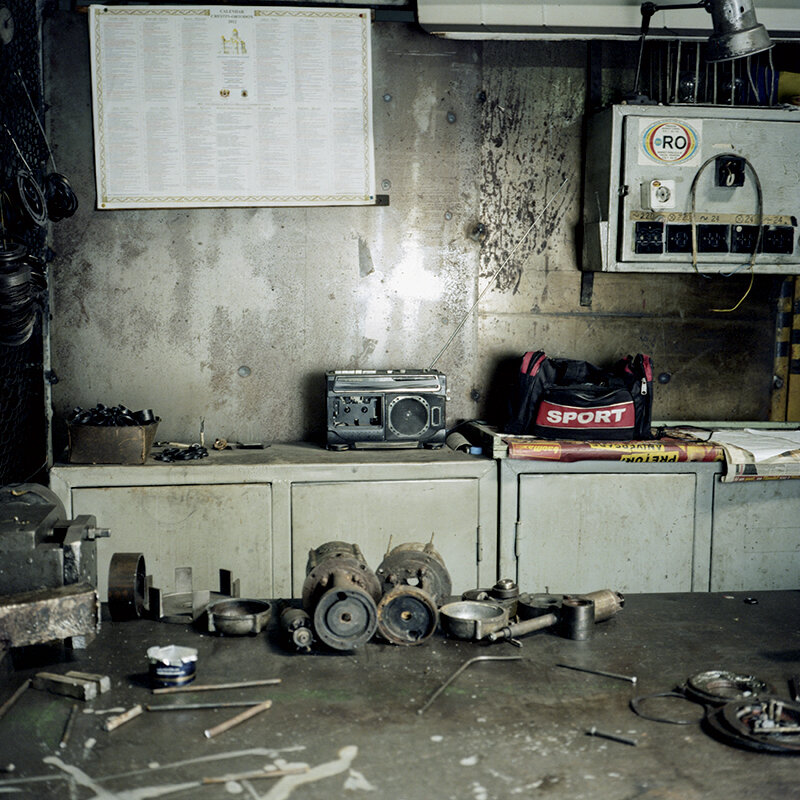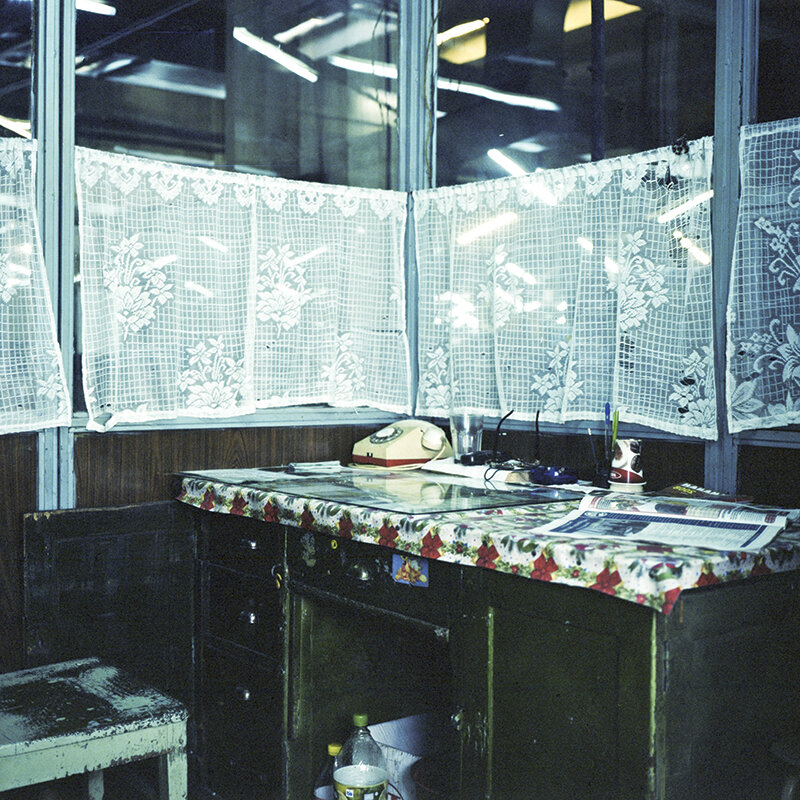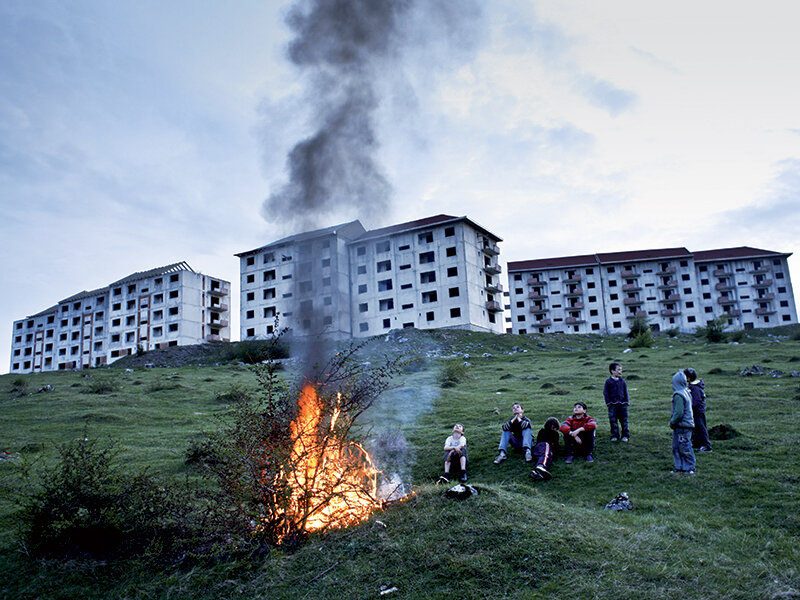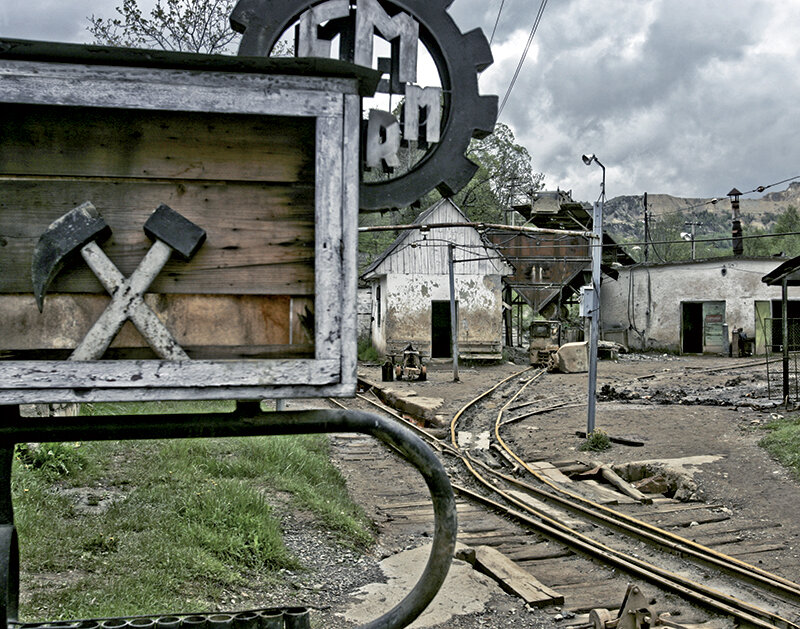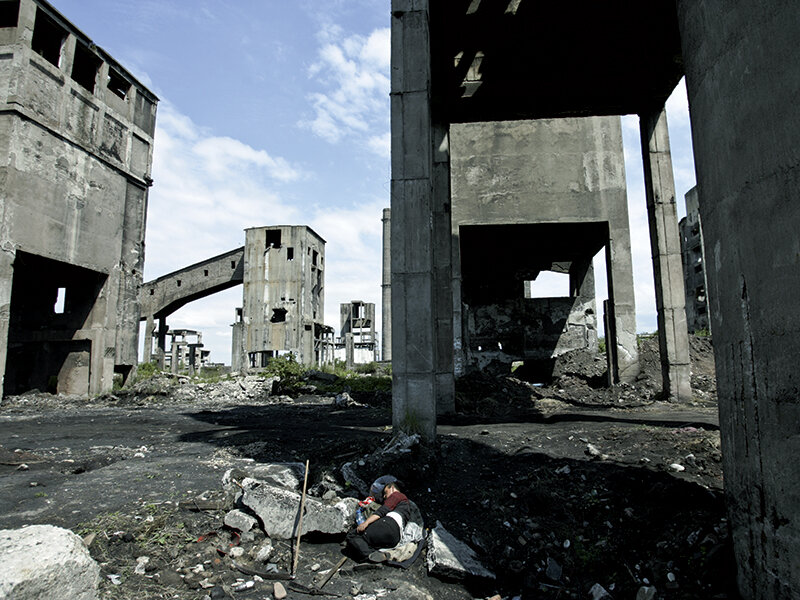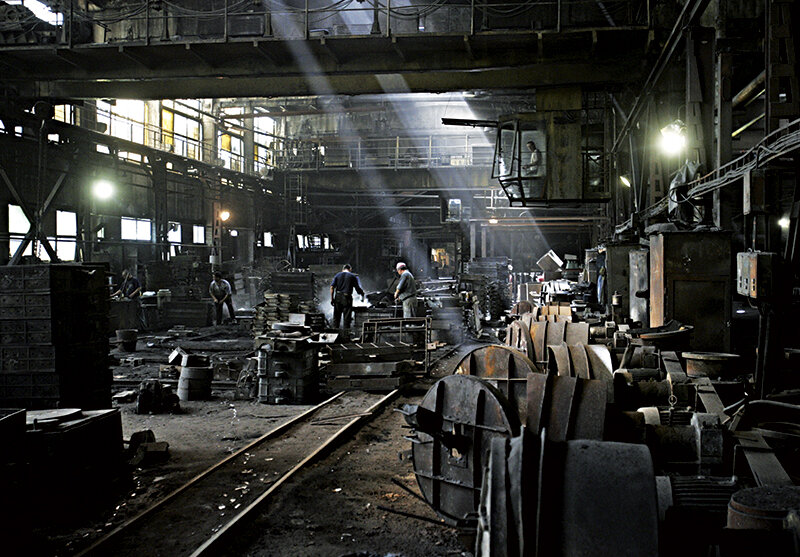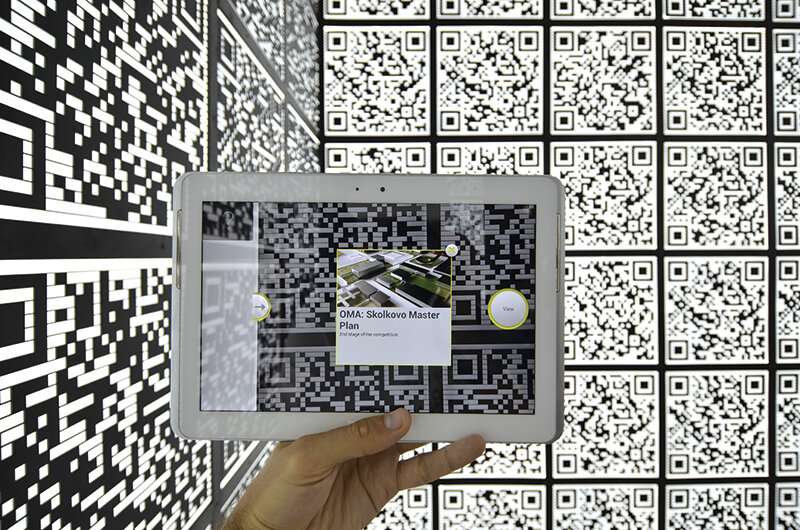
Post-Industrial stories
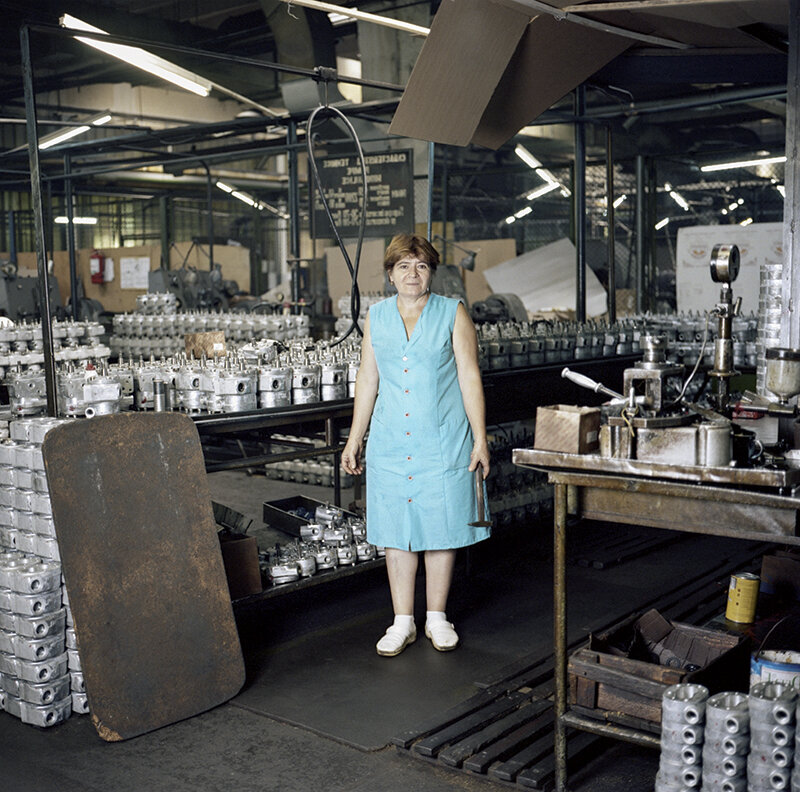
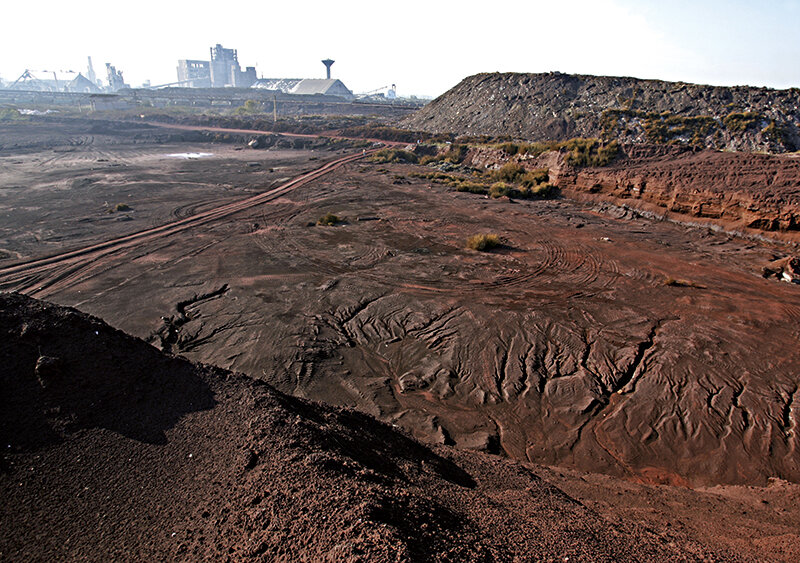
In Romania, an area of over 12,000 hectares is occupied by tailings ponds, flotation ponds, settling ponds, slag and ash ponds resulting from the extraction and processing of deposits or from the metallurgical technological process. These tailings dumps are a major source of pollution affecting the environment and neighboring communities.
Post-Industrial Stories is an independent documentary photography project that aims to make an in-depth study of the areas surrounding a major industrial center. We have chosen to photographically document four regions in the center and west of the country that are largely located in the Ore Mountains, Poiana Ruscă Mountains, the Ji Valley and Banatul Montan.
The communities in these areas have a long history and a rich tradition of exploiting natural resources. People from all over Europe came here attracted by the riches of the subsoil, forming or influencing these communities, which have played an important role in Romania's development. During the communist period, these regions were intensively industrialized and, with it, underwent perhaps the most marked transformation.
We will focus on the current activities of the people living in these places, we want to understand as much as we can about life in areas that had to adapt to sudden changes after 1989. As we are trying to capture as comprehensive a picture as possible of daily life in these communities, we will live in these areas and look for stories, at first in Brad, Crișcior, Ștei, Nucet, Băița, Certeju de Sus, Baia de Criș. Then in Abrud, Roșia Montană, Baia de Arieș, Zlatna, Almașu Mare, Bucium. The third photographically documented area will be Petrila, Vulcan, Lupeni, Aninoasa, Uricani, Călan, Ghelari, Cinciș. We will conclude the project with Anina, Oravița, Ciudanovița, Moldova Noua, Sasca Montană, Ciclova Montană. We will photograph on medium format (6x6 and 6x4.5) because of the atmosphere obtained in the images on film. Besides the technical justifications (depth, volume, textures, textures, colors, resolution, sharpness), we chose wide film photography because it allows us to have a certain style of work and a summary of the situations we encountered.
What is the plan?
The project will take at least 16 months, during which time we will visit 27 areas in western and central Romania, covering almost 12,000 km. We will go to areas that have a long tradition of extracting and processing natural resources: Rosia Montana, Zlatna, Brad, areas that include towns or working colonies that have attracted people from all over Europe over the years: Anina, Oravița, Ciudanovița, Stei, Băița, but also in relatively newly formed communities: the Valea Jiului, Călanul Nou, Moldova Nouă. We will try to live in each area, to see as much as we can and to integrate into the local communities as much as we will be allowed.
Why so long?
We visited these areas in the past, but we couldn't explore them as much as we would have liked, as there was never
time, and it takes time to really tell these stories. That's why we were left with the feeling that the result was shallow, disappointing. Now we are dreaming of a method that our experience in the field has taught us is necessary.
By living there, we can go beyond the superficial approach with which we have visited those areas so far and better understand the spaces. By not being pressed for time, we'll be able to meet and listen to the people who are the foundation of these communities, not just the heroes of the news or the overly dramatic visuals, and get from the easy, ice-breaking questions to the harder, story-telling ones.
Ideally, at the end of the project, the long-term study will result in photos of these places that are profoundly different from the ones in the media.
This is where you come in
As this is an independent project, in order to afford photographic documentation, we need to buy time and resources: for gas, film, developing and day-to-day expenses. You can help us buy the time we need to take the project from the idea stage to a collection of small realities from Romania.
Details: www.postindustrialstories.com

